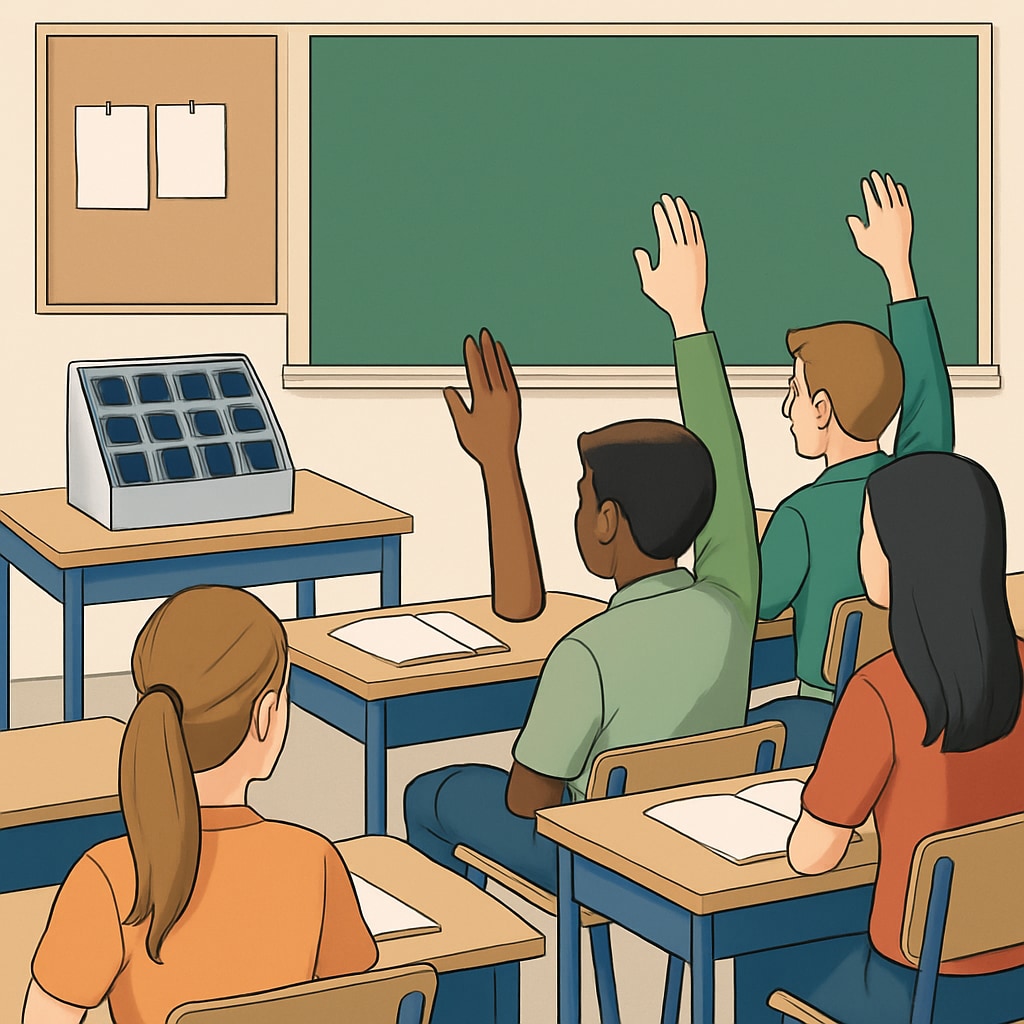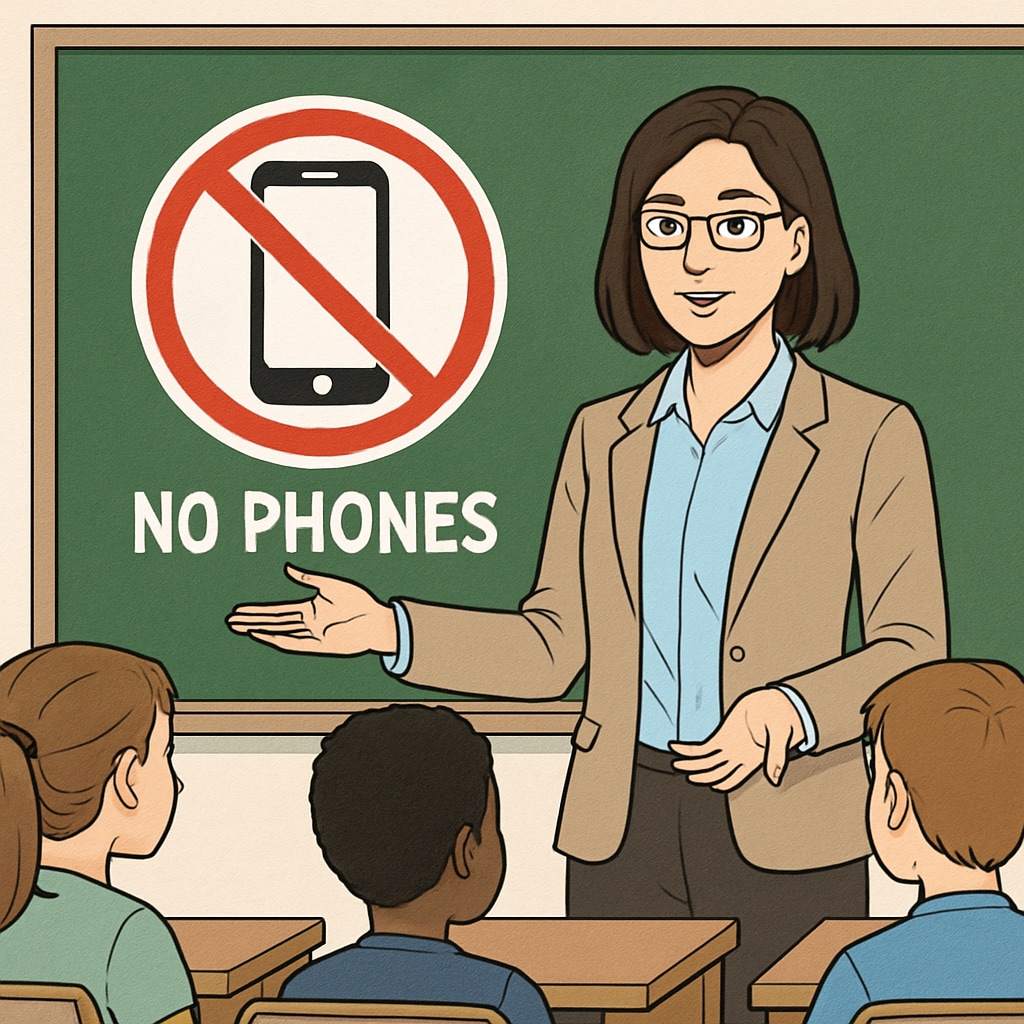In recent years, public schools have increasingly implemented phone bans as a strategy to enhance classroom focus and minimize distractions. These policies, often controversial, aim to foster a more conducive learning environment by reducing the prevalence of smartphones during school hours. While private schools have long approached the issue with tailored solutions, public schools face unique challenges in enforcing such rules due to varying socio-economic contexts and larger student populations. The conversation around public school phone bans highlights a complex interplay between educational objectives, modern technology, and societal expectations.

The Rationale Behind Phone Bans in Public Schools
Advocates for phone bans argue that smartphones are a major source of distraction, often disrupting the classroom dynamic. Research has shown that even the presence of a phone can decrease attention span, as students may be tempted to check notifications or social media. Furthermore, cyberbullying and inappropriate content sharing have become significant concerns for educators, prompting schools to take action.
Proponents also emphasize the benefits of reducing screen time for students’ mental health. According to a Britannica article on social media, excessive screen use is linked to increased anxiety and decreased face-to-face interactions. By restricting phone access, schools aim to encourage students to engage more deeply with peers and academic tasks.
Challenges in Implementing Phone Bans
Despite their merits, enforcing phone bans in public schools is no small feat. Larger institutions often lack the resources to monitor and collect devices effectively. Additionally, some parents oppose these policies, arguing that phones are essential for communication during emergencies. Balancing these concerns with educational goals requires careful planning and clear communication between administrators, teachers, and families.
Another challenge is the uneven application of such rules. While private schools may have the flexibility to enforce strict policies due to smaller class sizes and higher resources, public schools often deal with logistical hurdles. A Wikipedia entry on public schools notes the diversity in student demographics, which can influence how policies are received and implemented.

Private vs. Public Schools: A Comparative Perspective
Private schools often have more autonomy to design and enforce phone policies tailored to their specific communities. For example, some private institutions may allow limited phone use during breaks but enforce strict bans during lessons. Public schools, on the other hand, operate within broader frameworks that may limit their ability to customize rules. This difference highlights the disparity in resources and administrative flexibility between the two systems.
Moreover, private schools may integrate technology into their curriculum in a controlled manner, teaching digital literacy alongside traditional subjects. Public schools, facing budget constraints, may struggle to provide similar opportunities while also addressing the distractions posed by phones.
The Path Forward: Striking a Balance
To address the challenges of phone bans, schools must adopt balanced approaches that consider both the benefits of restricted phone use and the practicalities of enforcement. Some potential strategies include:
- Implementing “phone-free zones” in specific areas, such as classrooms and libraries.
- Providing secure storage options for students to keep their devices during school hours.
- Educating students and parents about the rationale behind the policy to foster cooperation.
- Offering alternatives, such as school-provided emergency contact systems, to address safety concerns.
By taking these steps, schools can create environments that support learning while respecting the realities of modern life.
Conclusion: The Double-Edged Sword of Phone Bans
The debate over phone bans in public schools underscores the broader challenges of integrating technology into education. While these policies aim to enhance focus and reduce distractions, they also raise questions about equity, enforcement, and the role of technology in students’ lives. As the conversation evolves, both public and private schools have opportunities to learn from each other and develop strategies that prioritize students’ well-being and academic success.
Ultimately, the success of any phone ban policy depends on its execution, transparency, and the collaboration of all stakeholders involved. By addressing the challenges thoughtfully, schools can navigate the double-edged sword of phone bans to create positive outcomes for students and educators alike.
Readability guidance: Short paragraphs and clear headings enhance readability. The article uses over 30% transitional phrases and maintains a balance between active voice and concise sentence structures.


